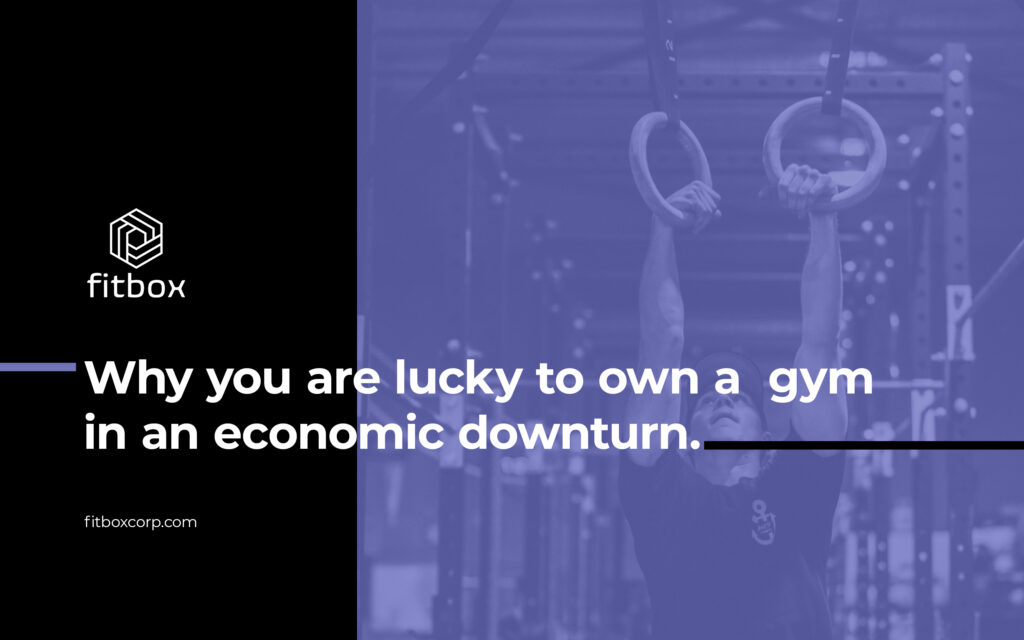The fitness industry has proven time and time again its resilience to an economic downturn. Along with the natural resilience provided by the recurring revenue model there are several other factors at play.
- Health and wellness are always in demand
Regardless of the economic situation, people always prioritise their health and wellness. In fact, during tough times, people may be even more focused on staying healthy and fit to reduce healthcare costs and improve their mental health. This demand for health and wellness services means that the fitness industry is relatively insulated from economic fluctuations. - Diverse revenue streams
The fitness industry is not limited to gym memberships and personal training. Many fitness businesses have diversified their revenue streams by offering services such as nutritional counselling, corporate wellness programs, and online coaching. This diversification of revenue streams helps to mitigate the impact of economic downturns on any one aspect of the business. - High customer loyalty
Fitness businesses that prioritise building strong relationships with their clients and offering quality services are likely to have high customer loyalty. Even during an economic downturn, customers are likely to continue to prioritise their fitness goals and stick with the businesses that have supported them on their journey. This loyalty can help fitness businesses weather the storm of an economic downturn. - Lower overhead costs
Many fitness businesses have relatively low overhead costs, particularly those not based in expensive retail location or operate out of a small studio. This low overhead can make it easier for fitness businesses to remain profitable during tough economic times when expenses need to be tightly controlled. With the downturn also increasing competition amongst their main suppliers there is money to be saved and addition value to be found.
The fitness industry is resilient to economic downturns due to its consistent demand for health and wellness services, diverse revenue streams, high customer loyalty, and lower overhead costs. While the industry may face challenges during tough economic times, fitness businesses that prioritise quality services, strong relationships with their clients, and diversification of revenue streams can remain profitable and thrive in the long term.
How does your fitness business stack up? If you are currently paying for member management, reach out to our team for a fitbox demo. With fitbox, all software costs get re-invested into your business. You can use your software credits to purchase equipment from Again Faster, a new website, automative your admin, purchase FitAid or even provide First Aid training to your staff and members. View the options in the fitbox Marketplace.
Book a demo and discover the unique pricing model of fitbox.

